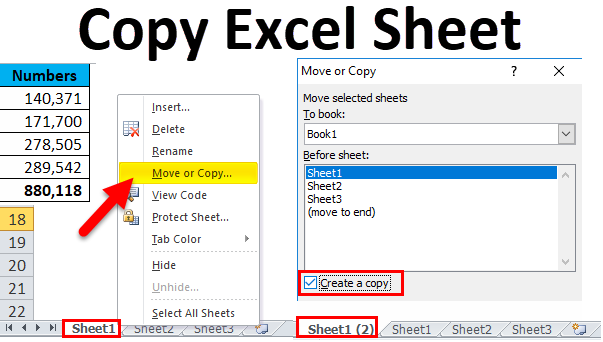3 Easy Ways to Copy Excel Sheets into Word Docs

Ever found yourself in a situation where you need to transfer data from an Excel spreadsheet into a Microsoft Word document, but you're not quite sure how to proceed? If your answer is yes, you're not alone. This common challenge faces many users daily, whether it's for reporting, presentations, or sharing data. In this detailed guide, we will explore three straightforward methods to accomplish this task, ensuring you can move your data efficiently and accurately.
Method 1: Using Paste Options

The simplest way to transfer data from Excel to Word is through paste options. Here’s how to do it:
- Open your Excel workbook and select the cells you wish to copy.
- Right-click to copy (Ctrl + C or Cmd + C).
- Switch to your Word document, place the cursor where you want the data to appear.
- Right-click and choose ‘Paste Special’ or use Ctrl + Alt + V (or Cmd + Option + V on a Mac).
- From the ‘Paste Special’ dialog:
- Choose ‘Microsoft Excel Worksheet Object’ for live connection to Excel data. This option keeps the data dynamic, allowing for changes in Excel to update in Word.
- Alternatively, select ‘Picture (Enhanced Metafile)’ or ‘Bitmap’ if you want static data, which will not change when the Excel file is updated.
⚠️ Note: Selecting 'Microsoft Excel Worksheet Object' provides the most flexibility as it allows for real-time updates from the original Excel file.
Method 2: Inserting as a Table

If you prefer a table format in Word, this method might be more suitable:
- Open your Excel file and highlight the desired cells.
- Copy the cells (Ctrl + C or Cmd + C).
- Open or switch to your Word document, place the cursor.
- Go to the ‘Insert’ tab and click on ‘Table’ > ‘Insert Table’ > ‘Insert Excel Table’ or select ‘Paste’ and choose ‘Table’ from the dropdown.
This method converts the Excel data into a Word table. Formatting, formulas, and hyperlinks will remain intact, but the data will be static and not linked to the Excel sheet.
Method 3: Embedding or Linking an Excel Object

For those who require more control over the Excel data within Word, here’s how to embed or link an Excel file:
- In Excel, copy the range you want to insert.
- In Word, go to ‘Insert’ > ‘Object’.
- From the ‘Object’ dialog, choose:
- ‘Create from File’ to embed the entire Excel file or link to it.
- Check ‘Link to File’ if you want any edits in Excel to reflect in Word.
🔄 Note: Linking the file will make it dynamic; any change in the Excel file will automatically reflect in your Word document.
By now, you've learned three different ways to copy your Excel sheets into Word docs. Each method has its advantages:
- Paste Options are ideal for small, quick data transfers where dynamism is important.
- Inserting as a Table is best for static tables or when you want to manipulate the data within Word without reference to Excel.
- Embedding or Linking an Excel Object provides the most robust solution for maintaining data integrity and live connections between documents.
After exploring these methods, consider your needs. If dynamic data is not necessary, pasting as a table might be sufficient. However, if you need your Word document to reflect changes from an Excel source, linking or embedding would be the superior choice. Remember, these tools empower you to manage and share data more effectively, streamlining workflows and enhancing collaboration.
Can I edit the Excel data directly within Word?

+
If you’ve inserted the Excel data as an ‘Excel Worksheet Object’ or linked to the file, you can double-click on the object in Word to open and edit it in Excel. The changes will update in real-time if the file is linked.
What happens if I format my Excel table after inserting it into Word?

+
Formatting changes in Excel won’t automatically update if the data is static (in table format). If it’s dynamically linked or embedded, any formatting or data changes in Excel will reflect in Word.
Will my Excel formulas work in Word?

+
Formulas pasted directly as text in Word will not function. They’re static unless you insert the object linked to the Excel file where formulas can dynamically update.



